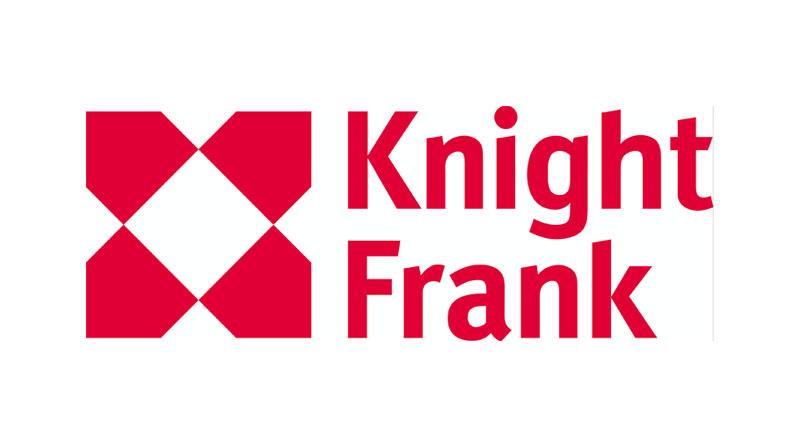UK Care Home Sector Shows Resilience Despite Covid-19
The UK care home sector is beginning to recover following the impact of COVID-19 in Q2 2020, with occupancy measuring 80.2% and a steadily increasing admission rate, as confidence in the sector begins to resume, according to the latest research from global property adviser Knight Frank.
The COVID-19 care home occupancy tracking survey by Knight Frank surveys 21 operators managing 1,391 care homes and 79,848 registered beds and encompasses approximately 15% of the UK care home market. It has found that overall occupancy as of mid-August 2020 measures 80.2% which is 8% below the pre-pandemic level but has been increasing robustly since July as confidence levels improve within the sector.
Care home operators have also been devising and implementing new procedures to ensure that they are best prepared in case of resurgence of the virus in the winter months, with barrier nursing and isolation measures crucial steps to maintain infection control.
This follows Knight Frank’s findings that the COVID-19 pandemic highlighted the need for investment and innovation in the UK healthcare property sector, having accelerated trends that will lead to closures of care homes that are no longer fit for purpose, resulting in a significant national shortfall of bed provision.
Knight Frank’s research identifies a potential 6,500 care homes at risk of closure over the next 5 years, equating to 140,000 beds and estimated that the UK requires in excess of £15 billion to upgrade existing beds in order to future-proof for its ageing population. This comes as the share of people over the age of 80 is expected to surge in the next 30 years, with one in ten adults set to be over 80 by 2050, compared to one in 20 currently.
Julian Evans, Head of Healthcare at Knight Frank, said: “The Covid-19 pandemic has shown the very best of the UK’s healthcare sector, with outstanding collaboration between the private sector, social care sector and NHS at this time of need and the strength in controlling infection levels. Having scrambled exceptionally well given the lack of government support, the operators are now much more prepared for the potentially imminent risk of the second wave of the virus, with new procedures in place and higher volumes of PPE at their disposal.
“Despite the fantastic work of the UK healthcare sector, the pandemic has also unfortunately highlighted the lack of investment by successive governments into the sector, and therefore the urgent need to prioritise preventative and crisis funding. COVID-19 has merely accelerated trends to scrutinise those buildings that are not fit for purpose whilst emphasising the insufficient funding available for reinvestment into existing care homes, which has therefore expedited the number of potential care home closures. We are at a vital crossroads where we face a national bed crisis unless significant inward investment in the UK care home sector is made immediately.”
Pete Calveley, CEO of Barchester Healthcare, said: “The social care sector has faced an unprecedented event. Without doubt our front-line staff have managed the situation with extraordinary courage. We’ve been through the eye of the storm but of course a Covid-19 rebound is a risk. That said we are well prepared for a rebound but do urge government to fully commit to provision of testing kit and PPE.”
The Covid-19 pandemic has placed additional pressures on the care home market which had already seen closures due to a range of factors including the continued impact of the National Living Wage affecting an already constrained labour market and ongoing staffing challenges, with an acute shortage of qualified nurses, combined with restrained care home development owing to building material inflation costs.
Knight Frank expects that care home design will adapt to meet future virus experience and that care homes will need to innovate their operational procedures post Covid-19, including an increased use of telemedicine. It expects that there will be an accelerated closure of tertiary assets whilst due to increased smart specifications necessary for future new build care homes, the cost of raw materials will further increase.






